Third appointment with Stefano Mariotti and the relaxed and pasturing cheeses. This time, we change farm; the two previous times, if you followed this topic and remember well, I told you about Parco Produce, first about their cold smoked sheep’s ricotta cheese, and then about classic pecorino cheese, you know what I mean.
This time, we change farmer, we are going just *some kilometers* away, from Abruzzi to Cremeno, on the Valsassina plateau, to Daniele Invernizzi and his raw milk robiola cheese. We change also animal, we are not yet among happy sheep but among peaceful cows :-)
This roughly half-a-kilo robiola is made from the milk of only one milking. Once the milk is placed into a boiler, calf rennet is added to the still raw milk and left curdle for half an hour; later, the curdle is broken and the whole dough is transferred into squared moulds, and let stewed at 22°-25°C for a day into larch boxes, leaned in straw. In the following step, the almost-robiola is dry salted and left to mature, leaning on wooden boxes in caves or cellar for a time between 10 days or 2 months (as the one we received), frequently turned over.
Daniele Invernizzi hasn’t a website and it is not easy to find something about his farm. But you can find traces on the net of course, as in the case of anyone make things passionately :-)
Tommaso Farina, for example, on his blog, describes Daniele Invernizzi’s shop with a wealth of details: “Going down after Primaluna, walking close to the factories of the most important taleggio cheese big producers, you arrive in Pasturo (Lecco), a so enchanting village in summertime, with its grassland in this beautiful basin under the Grigne Alps. Along the street directed to Lecco, you will find a big modern mountain-style house, with a small parking lot in front. It is the shop of Daniele Invernizzi and his family, one of the last that is in contact with the very few mountain pasture left in Valsassina”.
He tells about his raw taleggio-not taleggio, called squared Stracchino: he has not even the time to let it mature, that it is yet sold out. And he tells also about crescenza cheese, from raw milk, apparently delicious.
How to cook this wonderful cheese without ruin it? Yes, because the best option to me in the presence of such a cheese would be to eat it plain as it is, may be with some home made crackers and some vegetables as side dish. This time, I have had in mind the cocotte egg, versatile, surprisingly good, and a good companion, as it doesn’t cover but enhance the taste of the cheese (and it has to be cooked just for a little, so that the robiola cheese remain as it is as much as possible).
As usual, you may find the recipe here, at Quale Formaggio.
What I may suggest to the aspiring conscious is not to stop in front of the ingredients and the procedure, but to have a look to the Stefano’s website, as there is so much to learn; things that have to be known, if you really want to know what you eat (without counting only on the certifications, too frequently inadequate, due to the spreading dishonesty – but where is the honor? – and to the easy profit. Have a look here and here, what happened yesterday).
The only way to defend ourselves from this is the wisdom and the consciousness; the superficiality, to do things in a hurry and without thinking about them sufficiently or to hide the head in the send, don’t pay any more (may be in the past? I don’t think so).


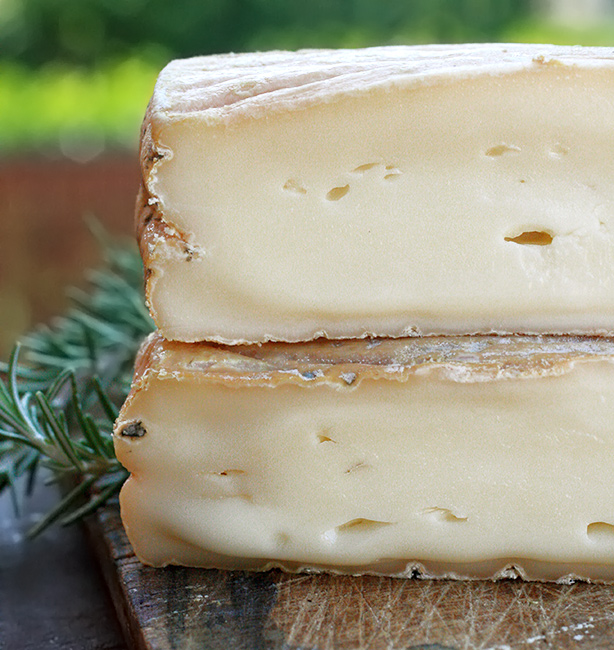
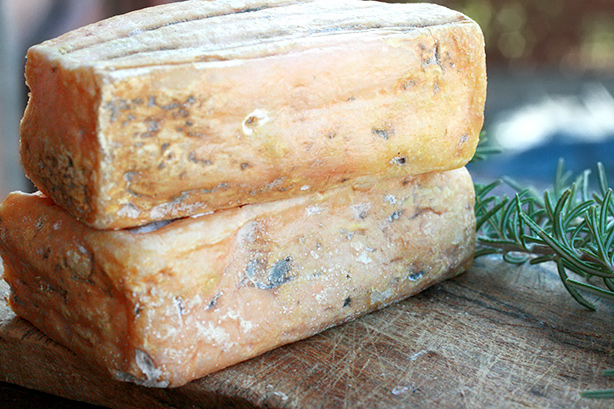
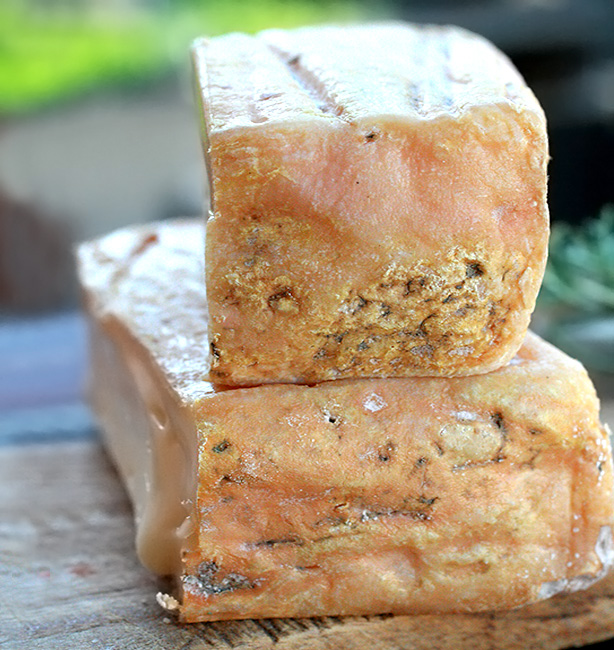

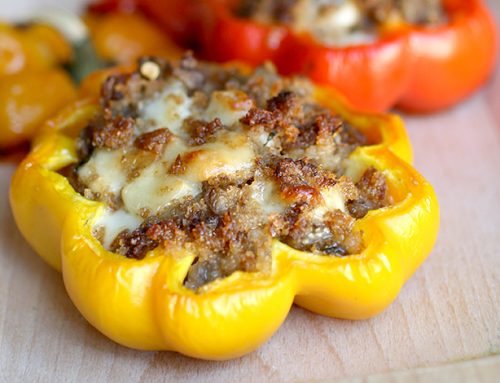
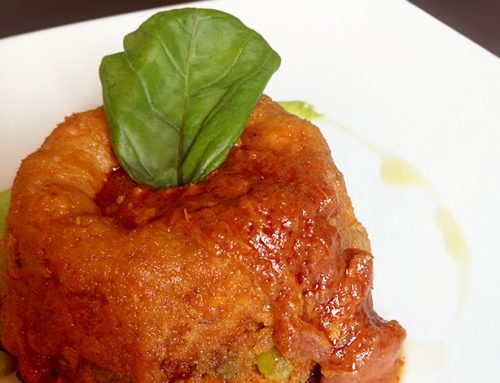
Scrivi un commento